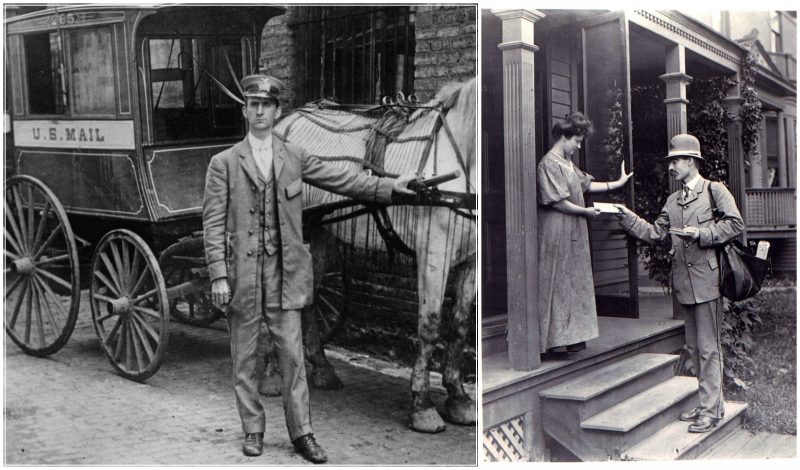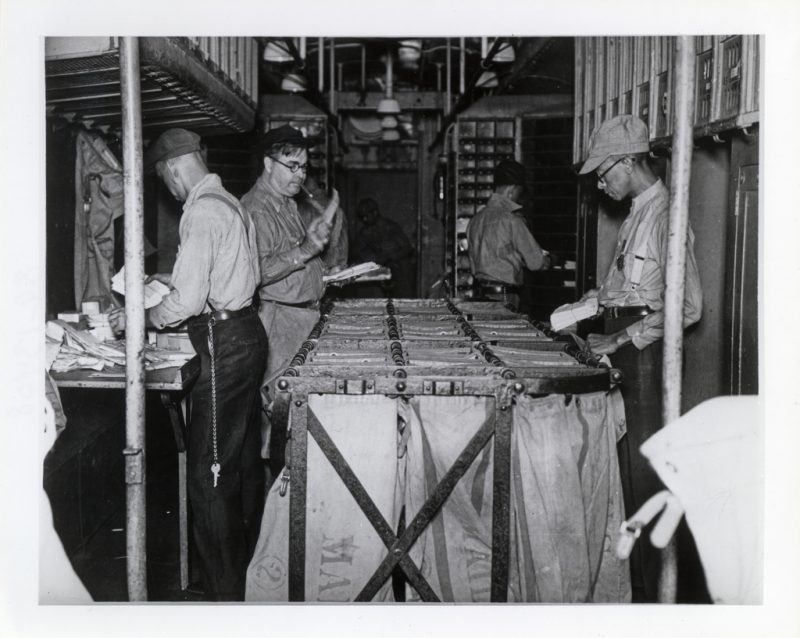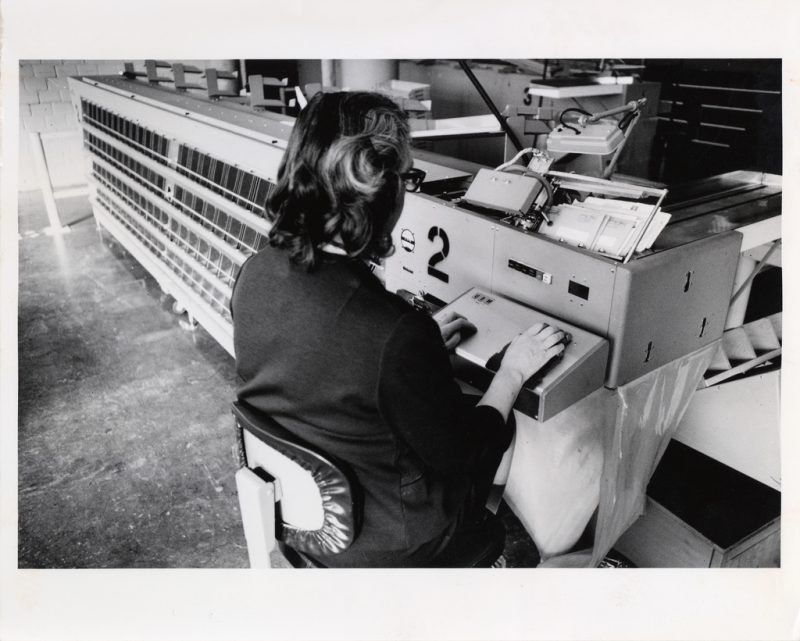The practice of communication by written documents carried by an intermediary from one person or place to another almost certainly dates back nearly to the invention of writing. However, development of formal postal systems occurred much later. The first documented use of an organized courier service for the diffusion of written documents is in Egypt, where Pharaohs used couriers for the diffusion of their decrees in the territory of the State (2400 BC). The earliest surviving piece of mail is also Egyptian, dating to 255 BC.
The U.S. Mail traces its roots to 1775 during the Second Continental Congress, where Benjamin Franklin was appointed the first postmaster general. The Post Office Department was created in 1792 from Franklin’s operation, elevated to a cabinet-level department in 1872, and transformed in 1971 into the U.S. Postal Service as an independent agency under the Postal Reorganization Act.
The Post Office in the 19th century was a major source of federal patronage. Local postmasterships were rewards for local politicians—often the editors of party newspapers. About 3/4 of all federal civilian employees worked for the Post Office. In 1816 it employed 3341 men, and in 1841, 14,290. The volume of mail expanded much faster than the population, as it carried annually 100 letters and 200 newspapers per 1000 white population in 1790, and 2900 letters and 2700 newspapers per thousand in 1840.
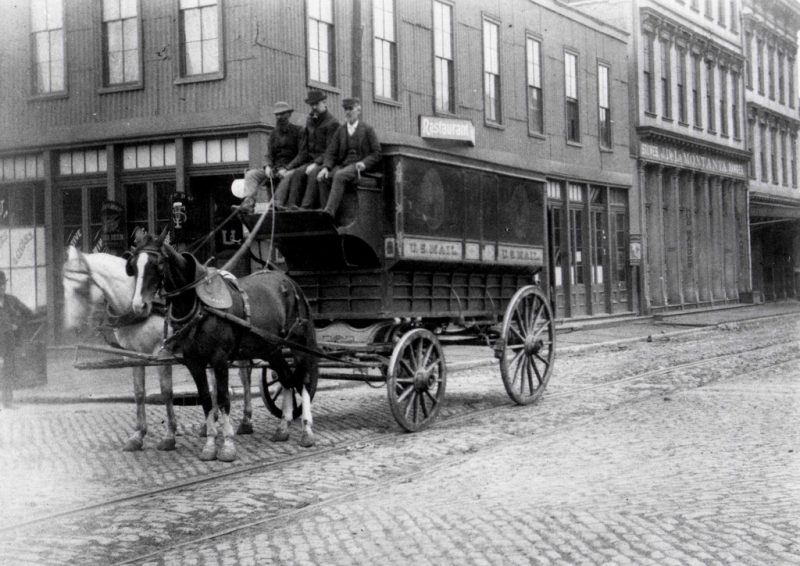
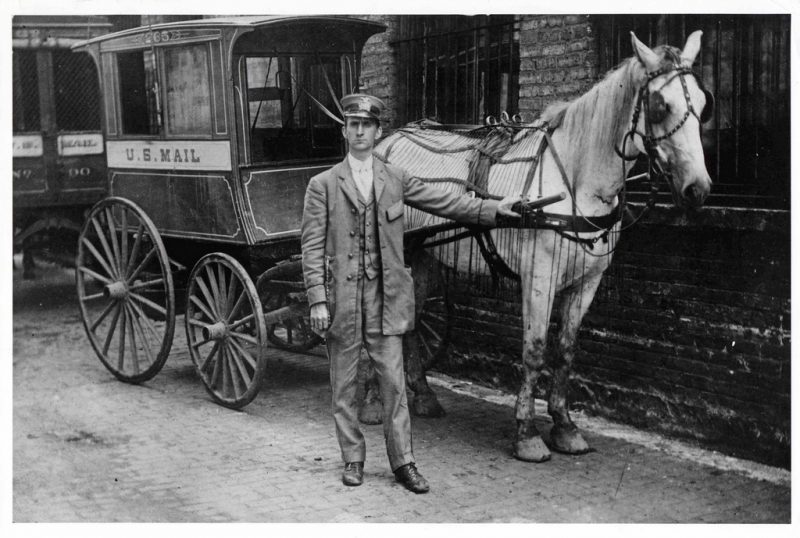
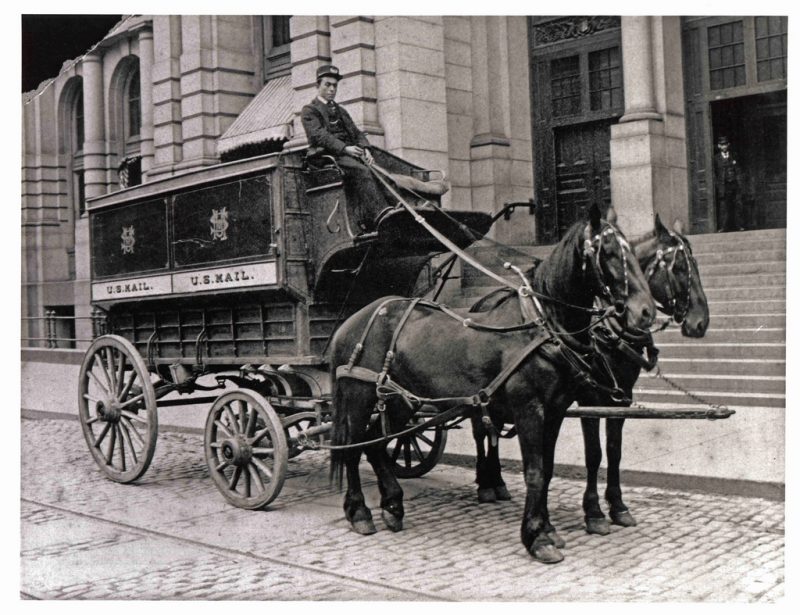
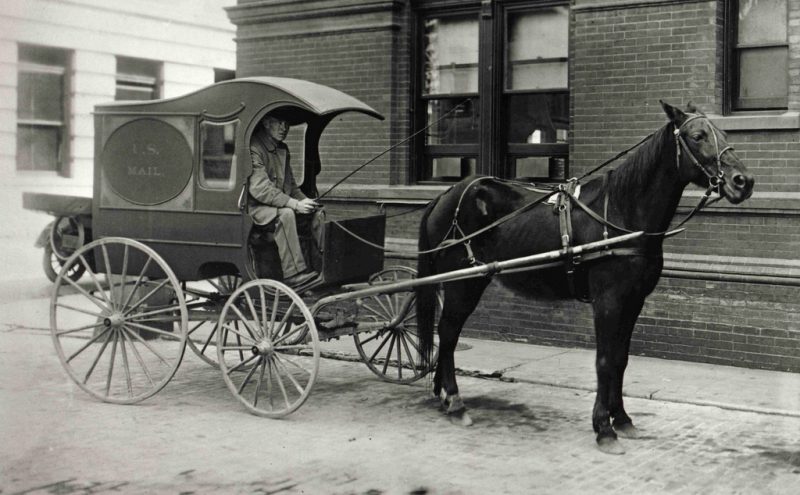
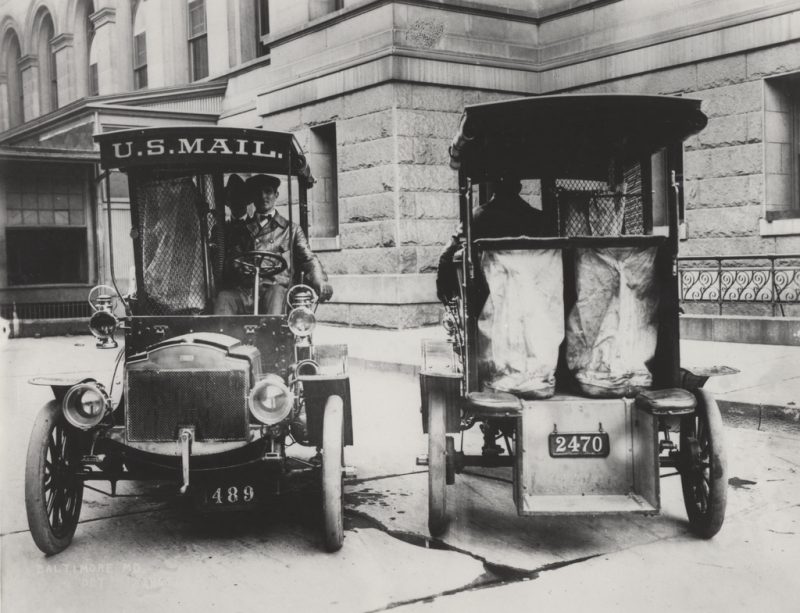
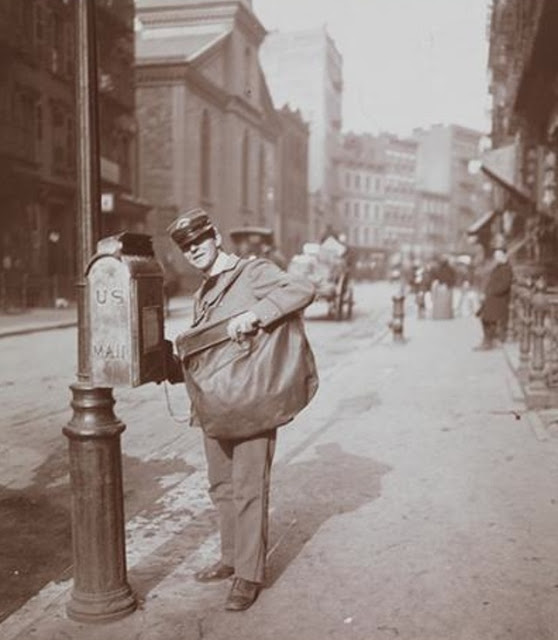
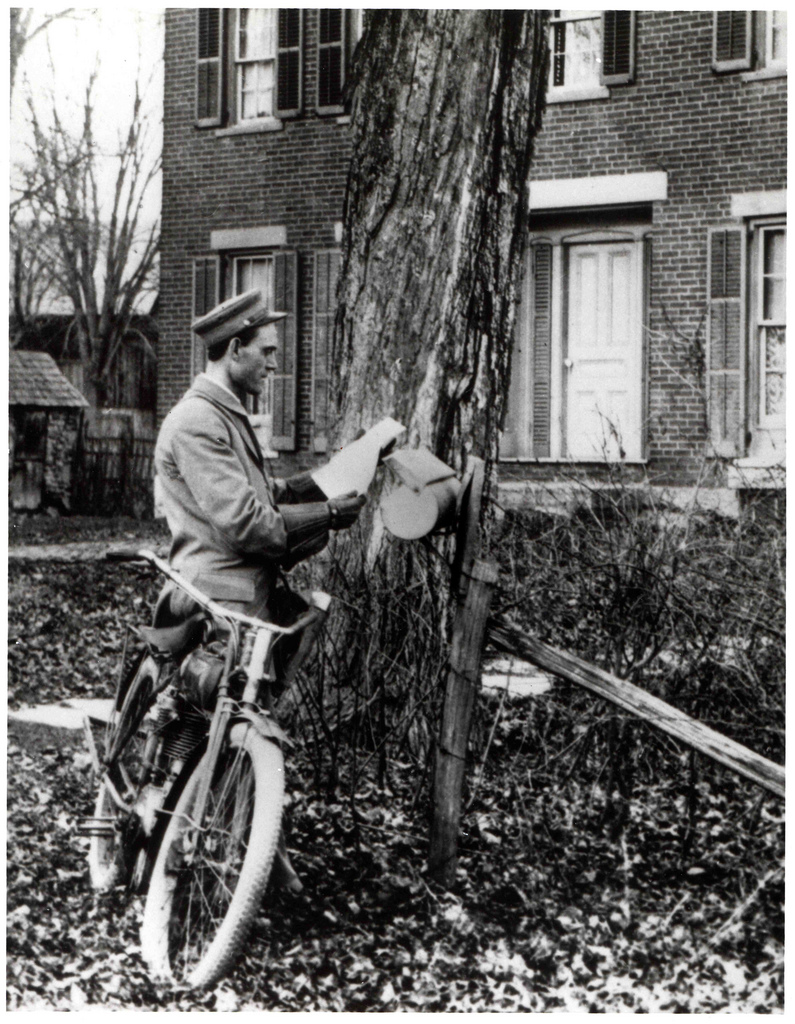
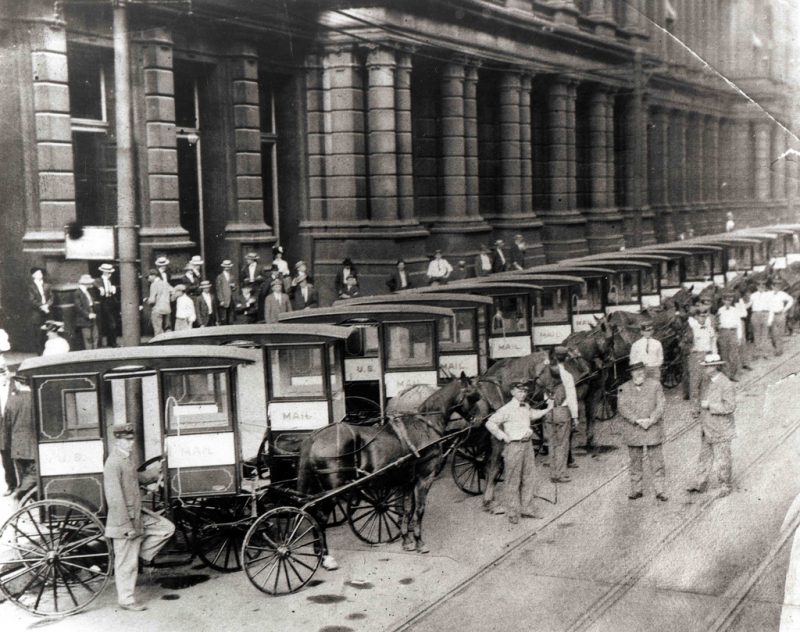
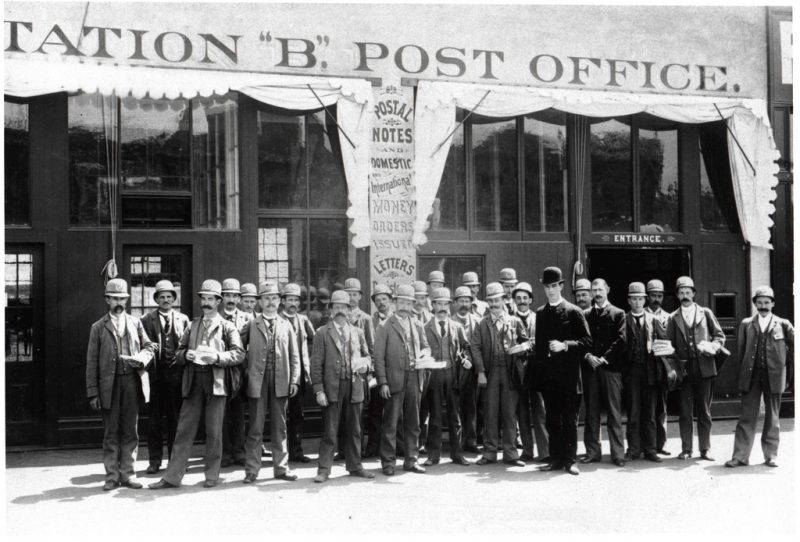
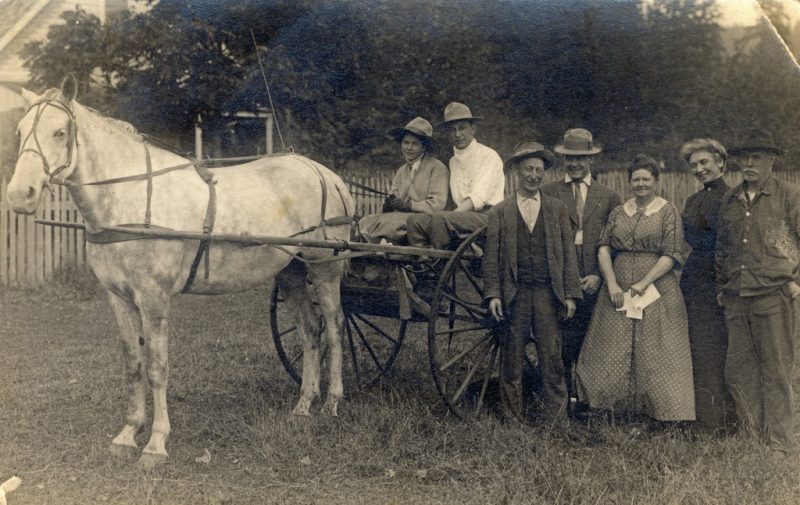
The postal system played a crucial role in national expansion. It facilitated expansion into the West by creating an inexpensive, fast, convenient communication system. Letters from early settlers provided information and boosterism to encourage increased migration to the West, helped scattered families stay in touch and provide assistance, assisted entrepreneurs in finding business opportunities, and made possible regular commercial relationships between merchants in the west and wholesalers and factories back east. The postal service likewise assisted the Army in expanding control over the vast western territories. The widespread circulation of important newspapers by mail, such as the New York Weekly Tribune, facilitated coordination among politicians in different states. The postal service helped integrate established areas with the frontier, creating a spirit of nationalism and providing a necessary infrastructure.
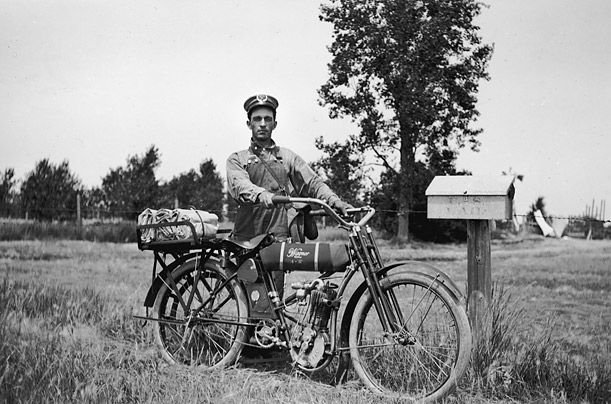
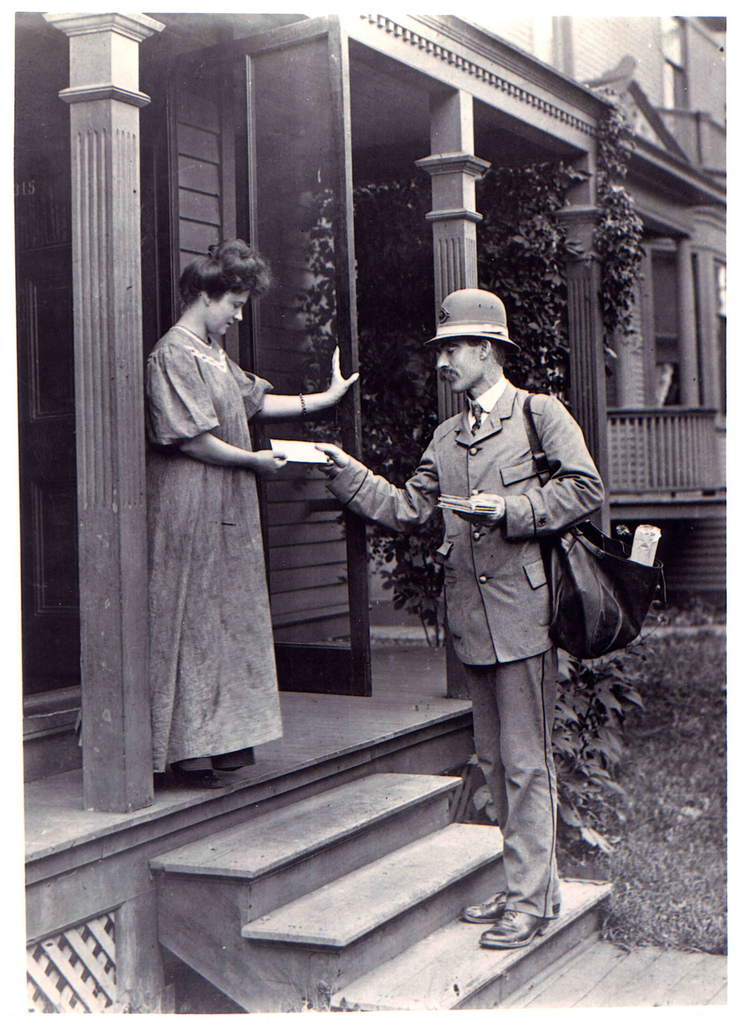
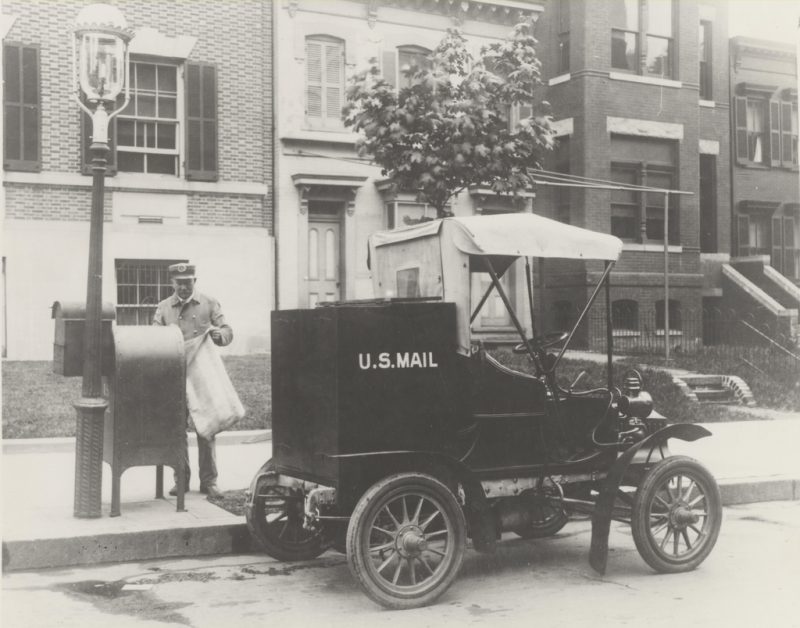
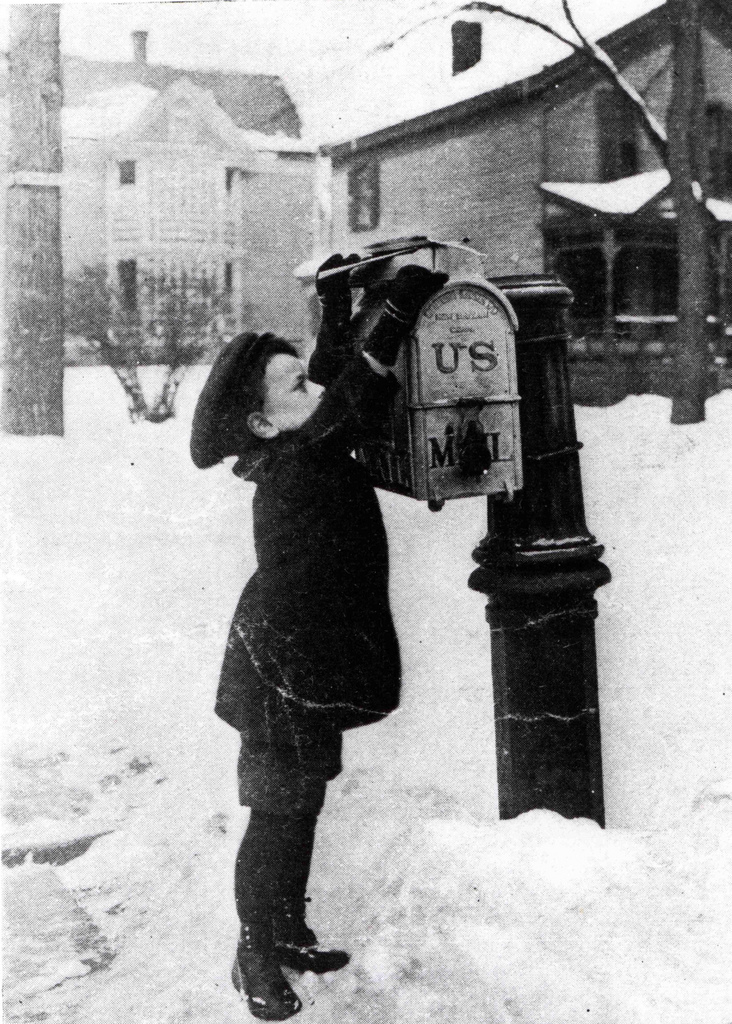
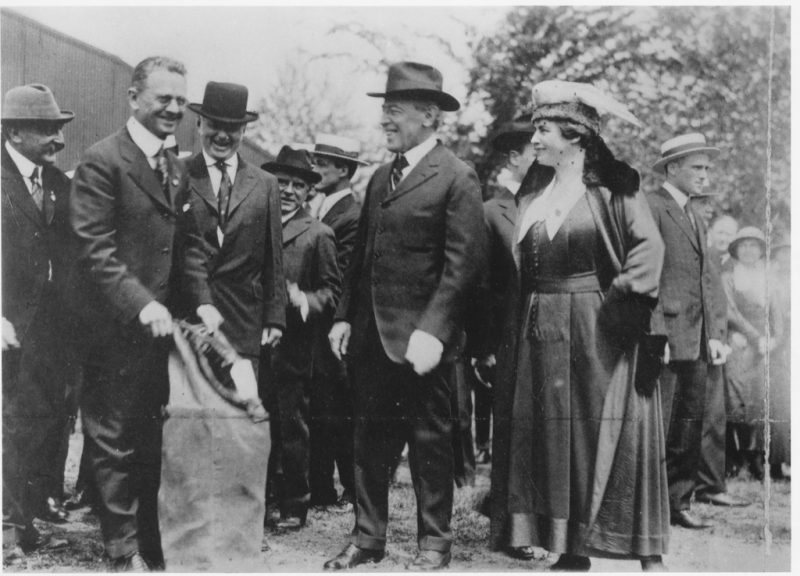
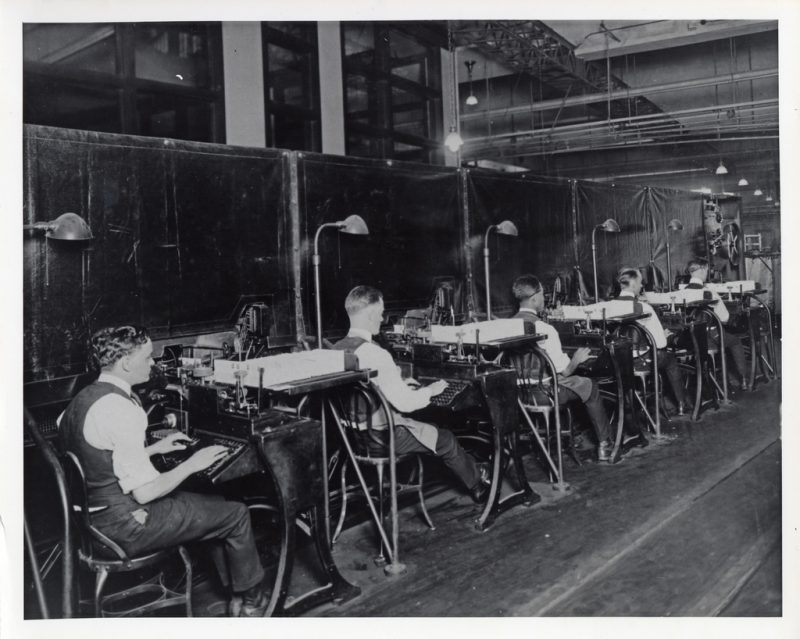
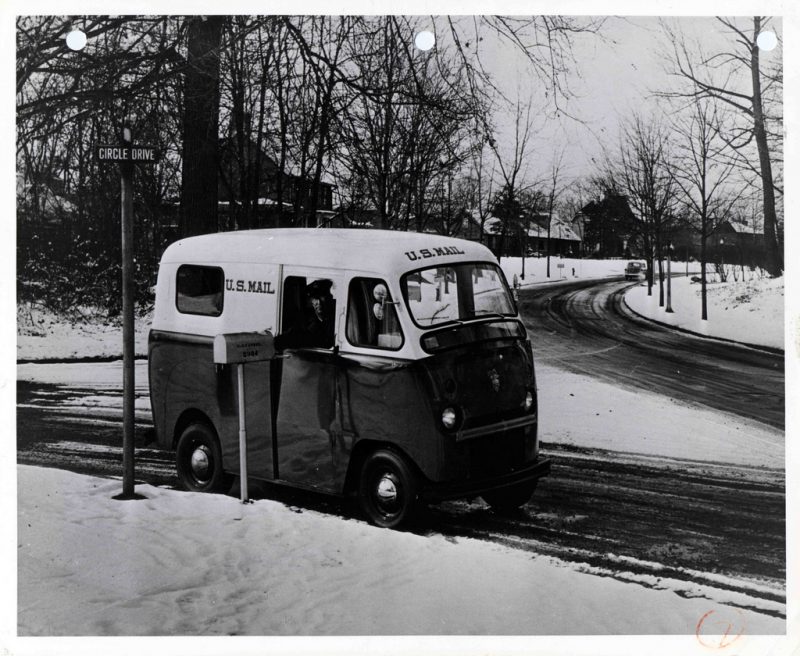
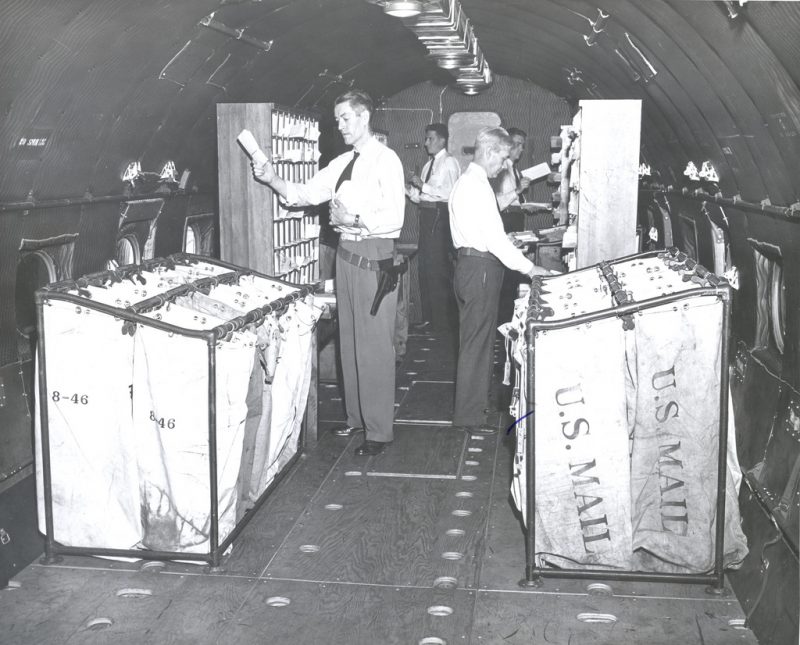
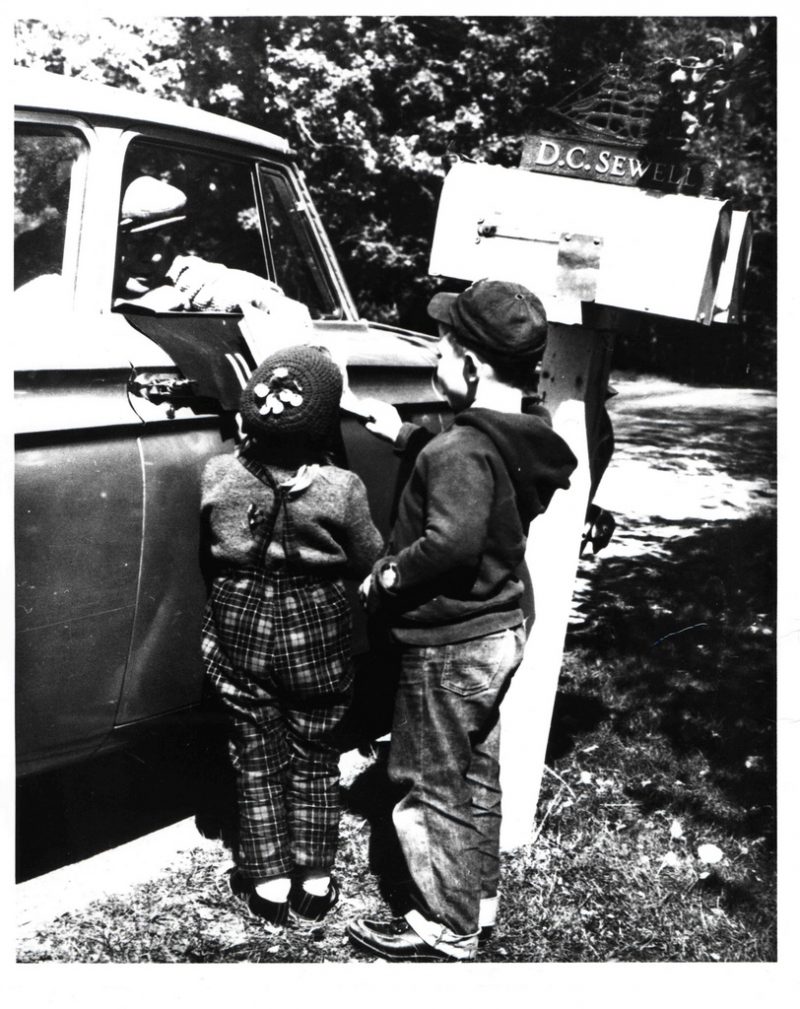
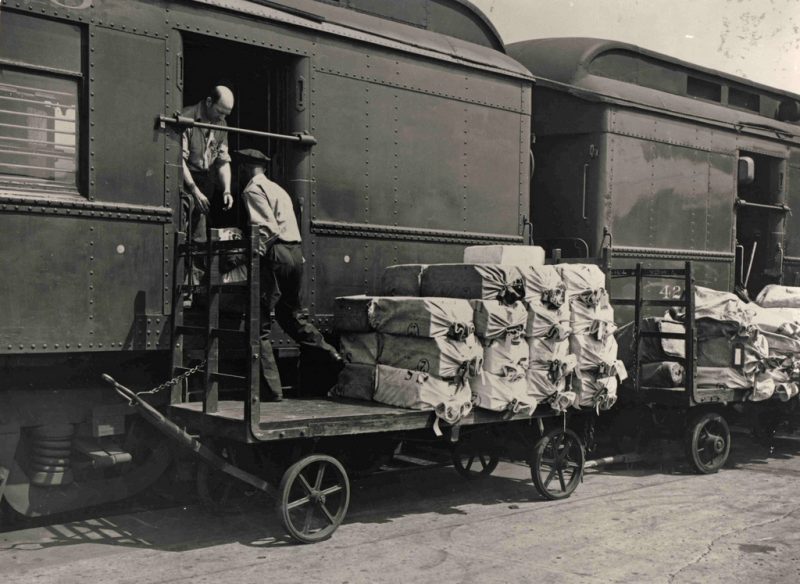
Railway Post Office Clerks at Work 1930
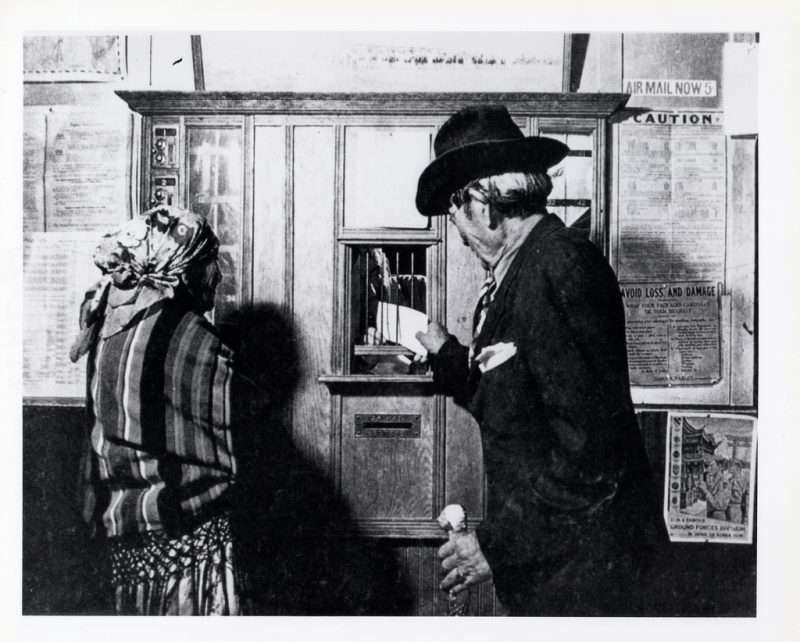
Want The Vintage News delivered straight to your inbox? Subscribe to our weekly newsletter!
This is an image of a postal employee working at a mechanized machine that sorts envelopes based on ZIP code. 1960